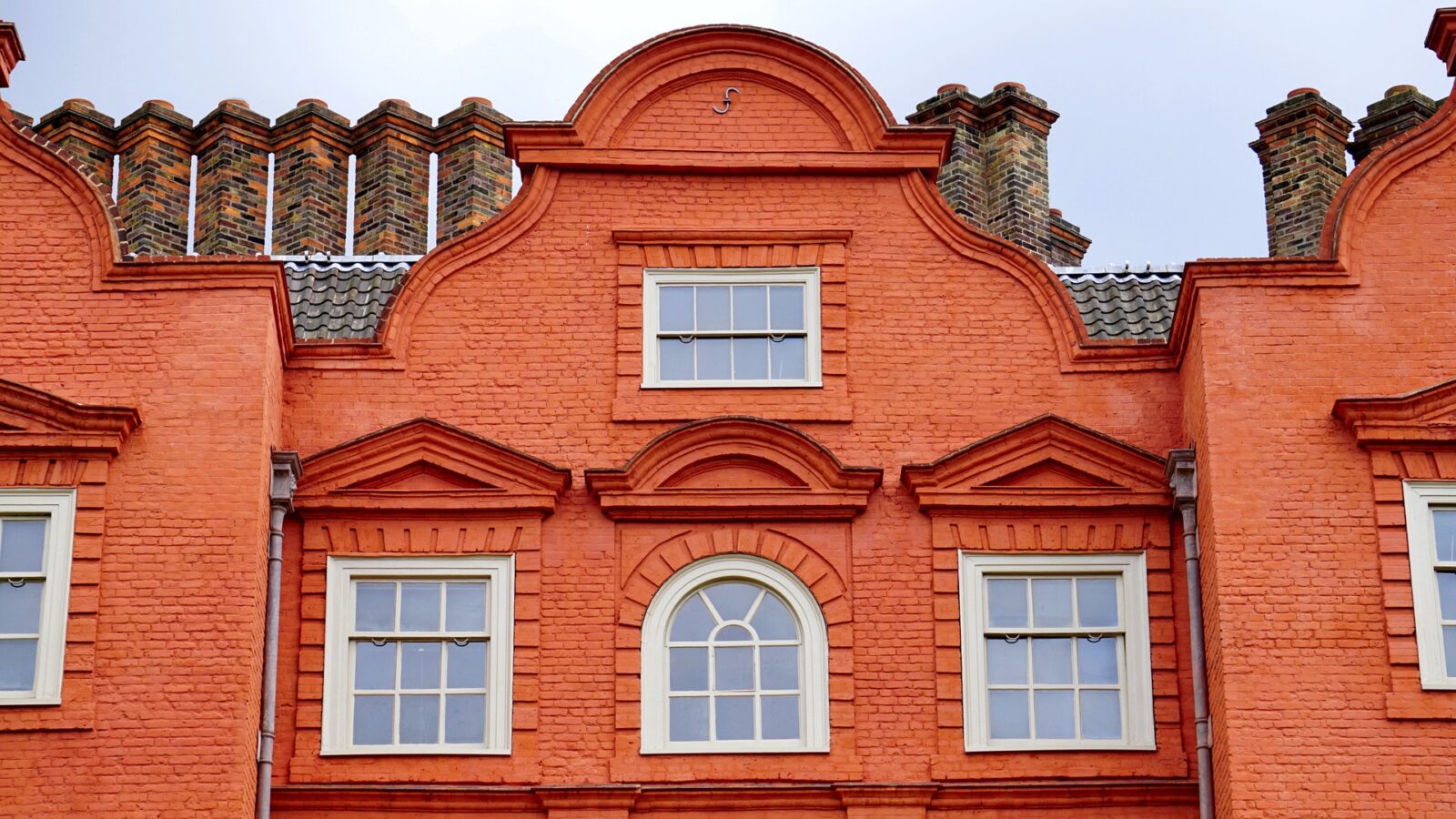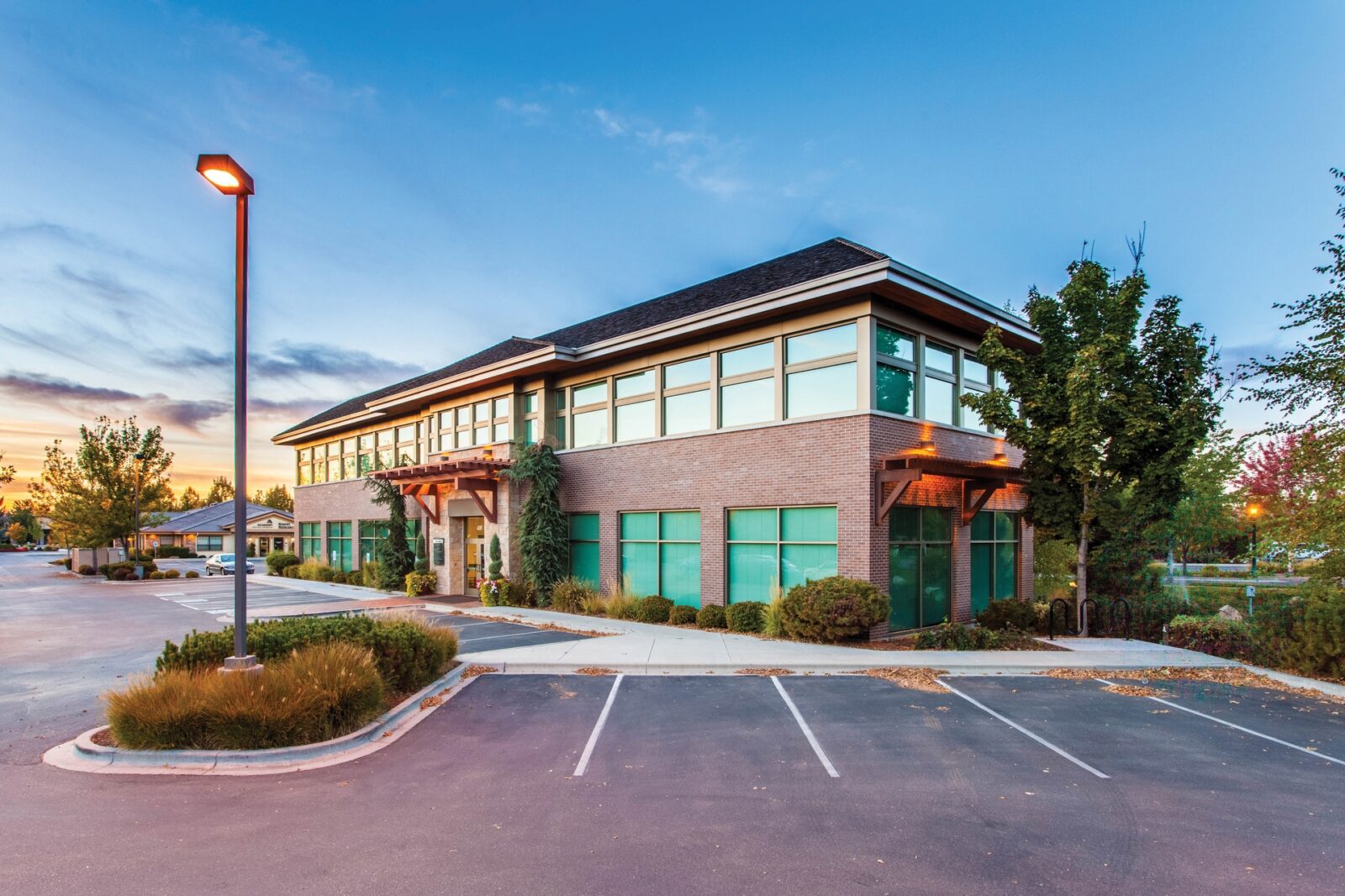When researching strategies to make your real estate investing journey smoother and more profitable, you’ll probably come across the 1031 exchange as one of the most accessible ways to cut taxes and make the most of your investment capital.
The tax benefits of using a 1031 exchange are indisputable for ambitious investors looking to continue purchasing real estate property while deferring expensive capital gains tax, but this strategy is definitely not short on complexity.
Between replacement property considerations and like-kind exchange regulations, most commercial real estate investors will likely need the help of a tax professional to successfully complete a 1031 exchange.
And when you add foreign property into the mix, making productive use of this beneficial exchange can become even more challenging for seasoned investors and newbies alike!
So, how does a 1031 exchange work and what should you expect when buying replacement property abroad?
Here’s a comprehensive guide for investors looking to purchase foreign real estate as replacement property and lawfully use a 1031 exchange for foreign property!

What is a 1031 exchange and how does it work?
Before we delve into the complexities of this procedure, let’s first go back to the very basics: How does a 1031 exchange work in the U.S.?
The exchange gets its name from Section 1031 of the U.S. Internal Revenue Code, a clause that allows real estate investors to avoid paying capital gains taxes when selling an investment property and reinvesting the sale profits in one or more like-kind properties.
In practice, the exchange allows you to avoid paying capital gains taxes after completing the sale of a property, as the tax is deferred to the property or properties used as a “replacement” for the real estate you are selling. When used well, this procedure can virtually eliminate capital gains tax, as you can continue to take advantage of the exchange with every new investment property until you can reduce or eliminate the tax burden entirely, most commonly by including the burden in your will.
There is no limit to how many times you can use a like-kind exchange to defer taxes, which is the main reason why this procedure is so popular among so many ambitious real estate investors!
Any profit made from the sale of a property, whether personal or commercial, is considered a taxable gain in the eyes of the IRS, so in most cases, a like-kind exchange is the only way for investors to have a tax deferral. But avoiding paying capital gains tax on your sale profits is not as easy as purchasing a new replacement property with your sale revenue — you’re going to need a qualified intermediary to handle your taxable capital gains first.
A qualified intermediary is a professional individual or company who agrees to hold the funds until they can be transferred to the seller of your replacement property, so that you never hold the gains yourself and become liable for taxation.
What exactly is a like-kind or equal value property?
In order to be able to complete a 1031 exchange, the investor can’t just use any property they like to become their replacement property and reinvest their capital gains in.
According to the procedure’s regulations, the new real estate investment has to be a like-kind or equal value property, meaning a property “of the same nature or character” as the one you are selling.
Keep in mind that, in this instance, the words “like-kind” or “equal” don’t refer to properties of the same quality (for example, improved or unimproved) or market value. Like kind property mostly refers to the very nature of the two properties, so two apartment buildings or two single-family homes of different sizes and market value are considered like kind property in the eyes of the law and can qualify for a like kind exchange.
On top of that, even real properties that are of a different type from one another (like a commercial property and a residential home) can qualify for an exchange, as long as they are used for investment purposes!
In 99% of the cases, real properties are like-kind properties, but there is one big exemption that makes 1031 exchange for foreign property so much more complex: Real property in the United States is not like-kind to real property located outside the United States.

How to use a 1031 exchange for a foreign investment property
However, complex doesn’t necessarily mean impossible, especially when it comes to investment properties.
What IRS regulations say is that a 1031 exchange that starts with the sale of a property in the United States can’t be exchanged for a real property in another country, as the replacement property has to be within the country’s borders.
But this doesn’t mean that you can’t use a 1031 exchange to defer the capital gains taxes owed for a foreign real estate sale and reinvest your gains into a like kind property in another country, or even the same country as the relinquished property!
So, how can you use a 1031 exchange for foreign property to your advantage by selling a relinquished property abroad and deferring your taxes to a like-kind foreign real estate?
Here are the essential steps you need to take to get the ball rolling:
Consider the pros and cons first
Before you start looking for suitable replacement property abroad, you should definitely take your time to consider the pros and cons of using this procedure first.
A 1031 exchange made within U.S. borders might be the best option for investors looking to expand their business locally, but this doesn’t mean it will be the right choice for your circumstances.
Buying and selling real estate abroad comes with important tax considerations, which depending on your situation, might end up eating into your profits and make the whole venture fruitless!
As a U.S. citizen, you are obligated to report any capital gains on your U.S. tax return, no matter where the sale has taken place and where the foreign real estate is located.
Depending on your filing status, you may be required to pay substantial tax on your profits not only in the U.S. but also in the country your real property is located in, meaning you’ll have to face double taxation!
Now, the IRS does allow investors to take advantage of a foreign tax credit to avoid double taxation: The credit is leveraged against capital gains taxes paid in another country to avoid the double taxation issue. But this also means that, in some cases, it might be more beneficial for investors to use the tax credit rather than doing a like-kind exchange.
Whether you’ll choose to avoid capital gains taxation altogether or reinvest your taxes abroad will mostly depend on how much tax you’ll have to pay overseas, so you should make sure to crunch the numbers first and go for the option that will save most of your profits in the long run!
And how much exactly are you expected to pay in capital gains when selling real estate abroad? That is also up to you to research, as taxable gains vary widely between countries, with some countries even charging no capital gains taxes at all.
So, while there are several countries that do not charge a capital gains tax and allow you to retain all your sale profits, it’s important to get in touch with a local tax professional or a professional who is well-versed in foreign taxes before starting the exchange process — it will save you quite the headache!

Identify your replacement property or properties
Next, you’ll want to start identifying a maximum of three properties that fit the like-kind criteria and could be a suitable replacement for the real estate you’re selling.
So, what requirements should you keep in mind when looking for your next investment?
IRS regulations allow you to identify a maximum of three suitable properties to carry out the exchange, regardless of their market value. However, you may also take advantage of the 200% rule, allowing investors to identify an unlimited number of real properties as a suitable replacement, as long as their compound value doesn’t exceed 200% of the value of the property sold.
Finally, there is also one last helpful rule allowing you to identify an unlimited number of properties: The 95% rule, which allows you to identify as many properties as you like as long as you purchase them at 95% of their total value or more.
Once again, we recommend you get in touch with a tax professional at the very start of your journey to ensure you are picking the right replacement real estate for your needs, even if the like-kind requirement might, at a first glance, seem quite flexible and easy to get around.
Once you have found a replacement property or multiple replacement properties that fit these criteria, you have to officially identify them as your next investment within 45 days from the date you sell the relinquished property. After that, you must complete the purchase within 180 days of the first property’s sale date.
Hire a qualified intermediary
Your next course of action will be to hire a qualified intermediary to hold the sale’s taxable gain until the purchase procedure is complete.
A qualified intermediary is a third party that has no personal connections to you or your business, and it can be either an individual or a company. This party will retain the proceeds from the sale of the relinquished property and then transfer them to the seller of the new real estate once the purchase is completed.
This way, the investor will never come into contact with their profits directly, which is a necessary prerequisite for the 1031 exchange to go ahead according to IRS rules. However, the work of qualified intermediaries is not as tightly regulated as you might think, so finding a reliable third party might require plenty of research — start browsing potential hires at the official trade association for qualified intermediaries!
Sell your foreign real estate within IRS deadlines
Finally, you can complete the sale of your original property, making sure you are taking no longer than 45 days from sale to identify your new property and no more than 180 days to complete the purchase and transfer of the sale’s profits.
Keep in mind that the foreign property you want to exchange can only be sold with a deferred gain if it’s a property held for investment purposes, as you’ll have to pay tax for a quick resale or personal use.
On top of that, the original property must also be held and used for at least two years before you can sell.

What about foreign personal residence?
However, like with most IRS regulations, there are some exceptions you can take advantage of to shave some tax off the sale of your vacation home or any other personal property you own abroad.
While you might not be able to defer the entire gain, you might be able to exclude a gain of up to $250,000 from U.S. taxation, or $500,000 if filing jointly with a partner. You must have used the foreign property as a primary residence for at least 2 years before the sale, otherwise, the full gain will be taxed at the applicable capital gains rates.
The same rule applies for primary residences located in the United States, however, you’ll only be able to defer capital gains to a new property if it’s also located in the country!
What is the best country for an exchange?
As opting for a like-kind exchange for foreign property is only beneficial when the taxes owed overseas is on the lower end of the spectrum, you might want to consider investing in a real property located in a country with low to no capital gains taxes.
So, if you’re yet to purchase an investment property abroad to then sell after a couple of years, what country should you set your sights on for a profitable investment?
Belgium, New Zealand, Jamaica, and Singapore are some of the countries that do not charge for capital gains, while European countries like Greece and Czechia are known for charging minimal rates.
If you play your cards right, you might be able to invest in business property in one of these countries and purchase a new property for the exchange in another one of these countries, maximizing profits and minimizing all related taxes!
So, is an offshore 1031 exchange the right choice for me?
An offshore 1031 exchange can be a great choice for many investors, but that doesn’t necessarily mean that this strategy is a one-size-fits-all solution to tax return troubles.
As the only way that you can take advantage of a 1031 exchange abroad is when you exchange one foreign property for another, this procedure is only really recommended for experienced investors who have ties to countries outside of the U.S. and know how to navigate the real estate investing market on an international level.
If the prospect of hiring multiple tax professionals, translators, and real estate agents doesn’t scare you, this strategy might very well be the path to a richer portfolio and more abundant opportunities.
On the other hand, if you’re just dipping your toes in the world of real estate for business or investment, you might want to start smaller and local — and we have all the guaranteed cash flow opportunities you need to get started!

